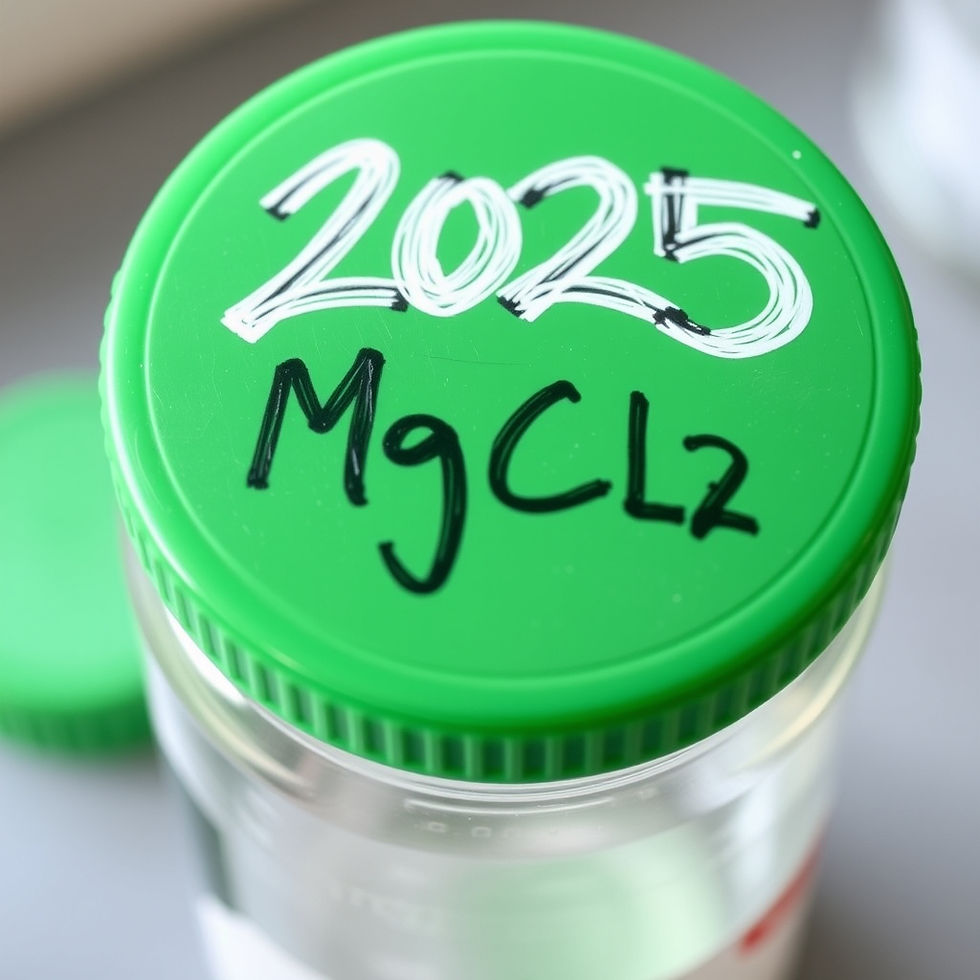The Waterbender: a powerful demo on polarity of molecules
- Brennan Koch
- Sep 19
- 3 min read
Molecular polarity is an important concept. It’s also a concept that I have primarily described with words. This year, my teaching partner (hooray, Mrs. Prettyman) and I remodeled an old demo into a powerful way to have kids think about polarity. It only takes a few minutes to demo and creates opportunities for good discussions afterward. Plus, the students think you are a Scientific Waterbender. Here is how I did it.

The demo setup
Set up a ring stand with a double-sided burette clamp and two burettes. Set them as high as you can on the stand. Fill one of the burettes with water and the other with odorless mineral spirits (which is made of alkanes C10+ and cycloalkanes with many of the benzene-type molecules removed.) Put a shallow tub underneath to catch the dropping liquids. Blow up two balloons. Use different colors so you can keep track of which one you charge by rubbing on your hair.
Create the mystery
Tell the kids that you can’t remember which burette has water and which has mineral spirits in it. They will have to make observations, create a claim, and then defend it with reason.
Using the uncharged balloon first, start a stream of the first liquid from the burette. Bring the balloon close, and nothing happens. Repeat with the other liquid. Same result.
Then charge up a balloon by rubbing it on your hair. Or in my bald-headed case, threaten to use your back hair to charge the balloon if someone doesn’t volunteer. They always volunteer. Get the balloon very staticky. If you are like me, you can never remember which way the electrons go, so I will remind you. The balloon is taking electrons from your hair causing it to be negatively charged.

Now repeat the demo. When the charged balloon is brought close to the nonpolar mineral spirits, absolutely nothing happens. But then the excitement happens when the charged balloon is brought next to the stream of polar water. The water bends toward the charged balloon! The kids find it completely fascinating (as do I). The water bends towards the balloon and if you hold it up near the top of the stream, you can cause it to spray all the way out of the tub.

Students analyze their observations
This is where you get to manage the conversation based on the level of your students. For my lower students, I drew four possible molecular structures on the board for mineral spirits. Then I had them try to figure out which compound was in it. For three of the four, I included sites for hydrogen bonding. I did not on the fourth. For higher level kids, you could have them make predictions about the molecular geometries and atoms involved. Either way, have the students make a claim and then defend their reasons. It is a good simple gateway into your discussion about polarity.
Plus, you become the Scientific Waterbender. That’s a big plus, too.
Invigorate your chemistry class with curriculum-centric games from Stoich Decks. Students are more invested and pay more attention when there are stakes on the line. Transform your classroom into a place where competition drives curriculum. Check them out!





Comments